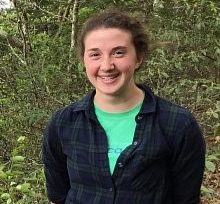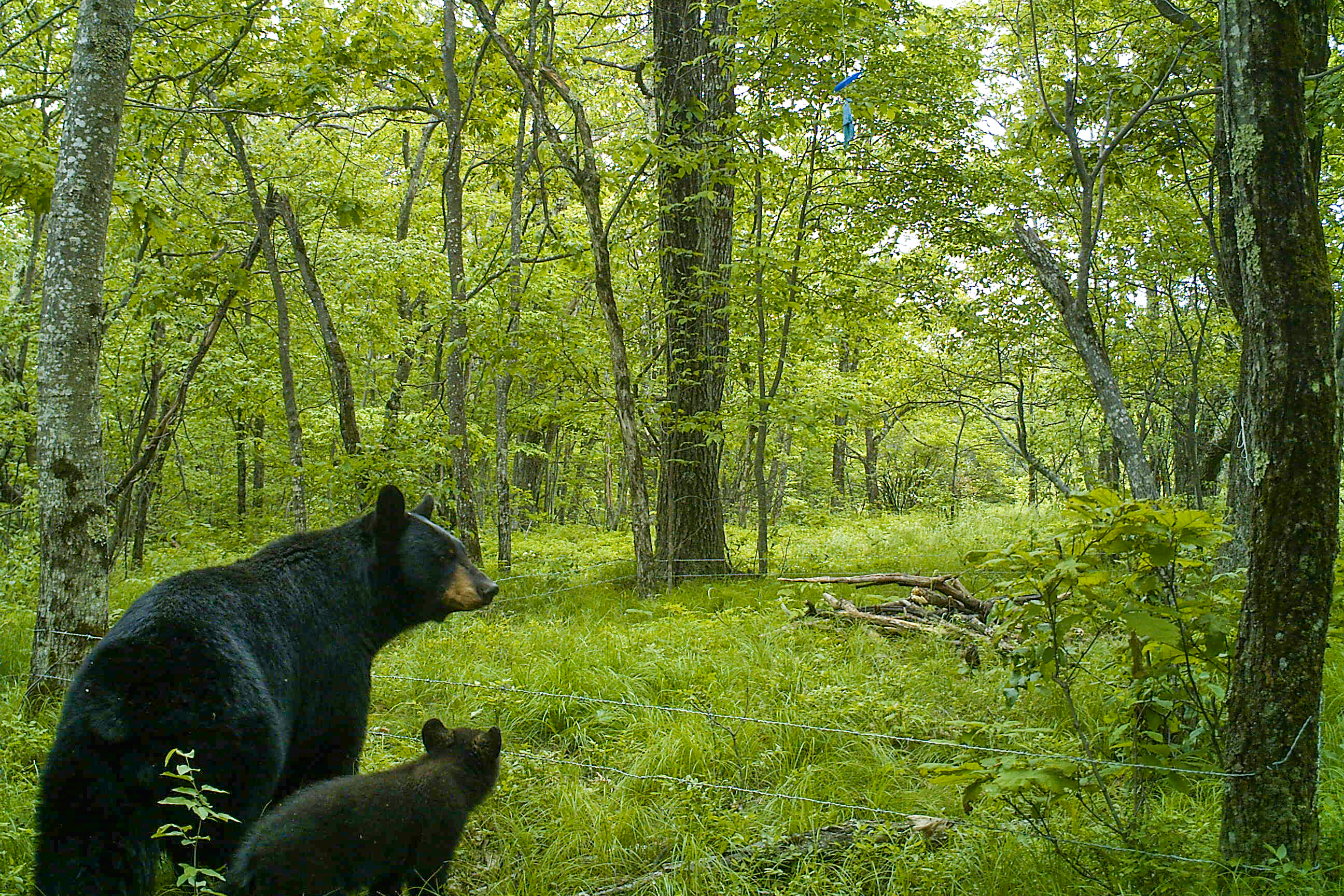UConn’s Office of Undergraduate Research each year provides Summer Undergraduate Research Fund (SURF) awards to support full-time undergraduate students in summer research or creative projects – an initiative that continues this year, despite the challenges presented by the COVID-19 pandemic.
SURF awards are available to students in all majors at all UConn campuses. The students’ project proposals are reviewed by a faculty committee representing various schools and colleges, and SURF award recipients are chosen through a competitive process. Each SURF award winner is supervised by a UConn faculty member.
This summer, UConn Today will take a look at various 2020 SURF scholars and their work.
Name: Mari Cullerton
Hometown: Canaan
Year: Rising Senior
Major: Environmental sciences and natural resources

Summer research project: An interdisciplinary approach to the evaluation of the role of secondary mortality agents in forest disturbances with faculty member Robert Fahey, an assistant professor in forest ecology and management in the Department of Natural Resources and the Environment.
What is your summer research focused on?
The basic idea of the project is to better understand secondary mortality agents in forests. There are primary mortality agents, which in my case was the gypsy moth, and this agent stresses out the forest. But it doesn’t always cause the trees to die. There are secondary mortality agents, so and I am looking up the two-lined chestnut borer, a type of root rot, and how it influences morality after the primary event, primarily on the native oak in Eastern Connecticut.
It’s been a little hard with the pandemic, because everything has moved online. I had to modify it a little bit.
What is the practical aspect of this research?
It is to better understand mortality after a widespread defoliation event, more on the landscape view, if you will. We are trying to use satellite imagery to identify and better understand how this defoliation can detect these paths. You might be able to better predict how they are going to influence the forest, detect the agent, and mobilize resources to areas that need it the most.
How has COVID-19 affected your research?
I was supposed to be out in the field for most of the summer, looking at the satellite imagery and the physical identification factors of the agents to make sure the agents are actually in the forest where the satellite imagery thinks it is. But, because of COVID, I have been mostly working on the imagery. Possibly, in the fall, I will be able to be in the field and verify these other agents are out there. I will continue this work in my senior year, and am supposed to be writing my honors thesis on this subject.
What are your future plans?
I am trying to figure that out. I am hoping to go into research. I think I would like to teach at a university level maybe or go into conservation.



